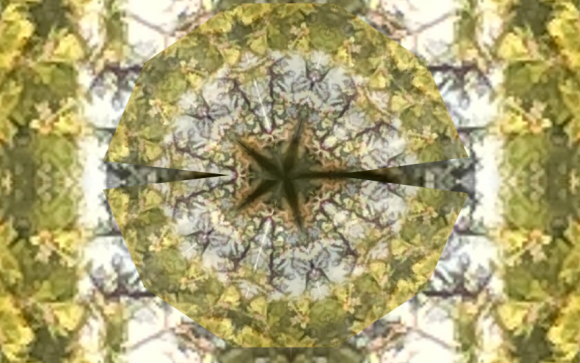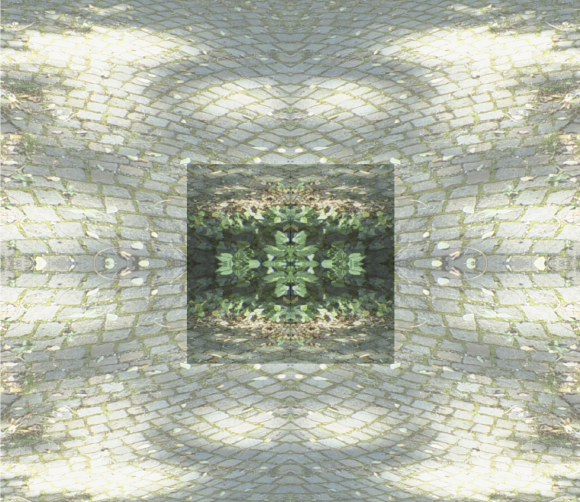I continue looking into the implied theory of ghosts in Reginald Hill’s short story “There are No Ghosts in the Soviet Union”. We’ve dealt with the pseudoscientific psychobabble, caught up with the underlying metaphysics of persons, and outlined Chislenko’s reasoning. But we’re still sorting through a host of difficulties, related to physical interaction or otherwise, person re-identification, and no-ghost non-persons. Also, I’ve been tiptoeing around this for a while now, but I think it’s time to address yet another issue with the way the story presents the ghost sighting episode.

8. What makes the witnesses think they’ve seen a ghost is partly the old-fashioned clothing, but mostly the fact that the person they saw fell through the elevator bottom. (“In my book, any human figure which passes clean through a material barrier is a ghost” says Natasha.)
Again, this is a highly inconsistent version of a popular idea, poetic license notwithstanding. As I have noticed, the notion of ghosts in the story has a lot in common with a kind of “disembodied ego” view, as if a person’s mental processes (integrated in a way so that they form an “I”, an internal impression of a unified personality) continue after the persons’s death has taken away (or at least, has taken life out of) their body. It’s by virtue of this idea of “disembodiedness”, no longer being in a physical body, that a ghost is supposed to be able to “pass through walls” or, in this case, fall through the bottom of the elevator shaft.
But this makes no sense, for two reasons. One, as we have already noticed, this would entail no physical interaction, and thus no opacity, from which it’d follow that the ghost couldn’t be seen at all. (Hence, there could be no sighting.) The other is that it would be implausible that a ghost simply passes through all physical structures. For if that were the case, how could a ghost ever end up on an upper floor of a building? How, indeed, could a ghost be anywhere at all, i.e. not simply sink into the ground? (It’s no use to suppose that ghosts can “hover”, for if they could, then why would the ghost in the story fall through the ground at the bottom of the the elevator, and not simply avoid that by hovering?) Now, if ghosts pass through some physical structures but not others, then why does the ghost remain on the building’s floor and only fall through the lift bottom once pushed into the lift cage? The answer to that, as we have already seen, is that the ghost acts as if he were still in the past, not the present — and in the past, when he was pushed into the lift, there was no cage and no bottom (which is why he fell down and died). But then, by that reasoning, there is no question at all about the ghost passing through the floor: there is no floor to pass through in the past, and the whole question of passing or not passing through solid structures is irrelevant. Yet that passing was supposed to be the main indicator for the ghost’s being a ghost in the first place…
A further problem with this thinking along the lines of disembodied egos is that the way the story describes the ghost phenomenon has nothing of an “ego”, i.e., nothing psychological about it. There is a reason why Strawson, in the passages I’ve quote earlier, gets to this notion of a disembodied ego by a derivation that starts by “us” imagining “our” perceptions to continue — in other worlds, by a derivation from the first-person perspective, rather than from a third-person one. If the presumed ghost is really disembodied, and all physical interaction ceases (nobody can see that former person, their gestures, facial expressions, and so on), there is no way any more to tell, from the outside, whether there is any psychology — and consequently, whether there is anything at all (since the psychology was all that was supposed to be left: a disembodied ego). So if we understand a psychology as something empirically observable from the perspective of other people (as modern psychology tends to do), there is no phenomenon left at all.
And curiously, the story seems to comply with this, by re-introducing (inconsistently) a physical interaction. So in this case, the ghost is not really a disembodied ego at all, but more something like a disembodied-but-partially-reembodied non-ego: something devoid of a psychology, but reinstated with some (selective) physical interaction capacities (being visually perceivable).
The way the story presents the ghost-sighting, in fact, is more similar to a video projection setup than anything like a personal interaction between subjects. That there are four witnesses suggests a rudimentary intersubjectivity (like multiple people watching the same show in a cinema); their ability to observe the pictures, combined with the non-interaction of the pictures with the actual physical surroundings, is basically what we experience in film projections, too: suppose you stand outside a two-story building, and someone projects a video of a walking person onto the wall above you. You “see” a person, but a person who doesn’t fall down. The ghost sighting in our story is modeled precisely on this kind of (physical) projection. The ghost’s immaterial character does not stem from its being a disembodied ego, but a disembodied picture — where “disembodied is meant here in the sense of a light projection (light is not material, at least not in the everyday sense of being made of matter, leaving its theoretical wave/particle nature aside here, since we’re talking about the macroscopic world).
The “film projection” analogy goes even a little further than that: what the witnesses see is, in a certain sense, not just a projected scene, but a replay of something that was, at an earlier point in time, the actual physical reality at this same location. It’s as if the murder had been filmed, and is now re-projected from the original footing, in the style of Bioy-Casares’ Invention of Morel. (It would have to be a holographic three-dimensional projection, too, just as in that classic novel.)
What’s more, along the lines of that understanding, the problem of the “second person” (what I have outlined as the strange matter of the no-ghost non-person) can also be resolved. If what the witnesses see is something like a video projection replay from the past, an image of two past persons interacting (one of them dead by now, although the other’s still alive), there is no more question about whose ghost the second person is. If they were both “ghosts”, not simply images, that question would be particularly tricky. In what sense can something be a “ghost” of someone who’s still living? Of course, with the video projection metaphor, a different question arises now: that of the relationship between the past episode and the images that can be seen in the present. (Here, we’d go through the same set of questions: are they hallucinations, and if so, how can they be collective, and appear in unconcerned bystanders, and so on.) But at least we avoid (some of) the inconsistencies in the notion of a ghost itself.



